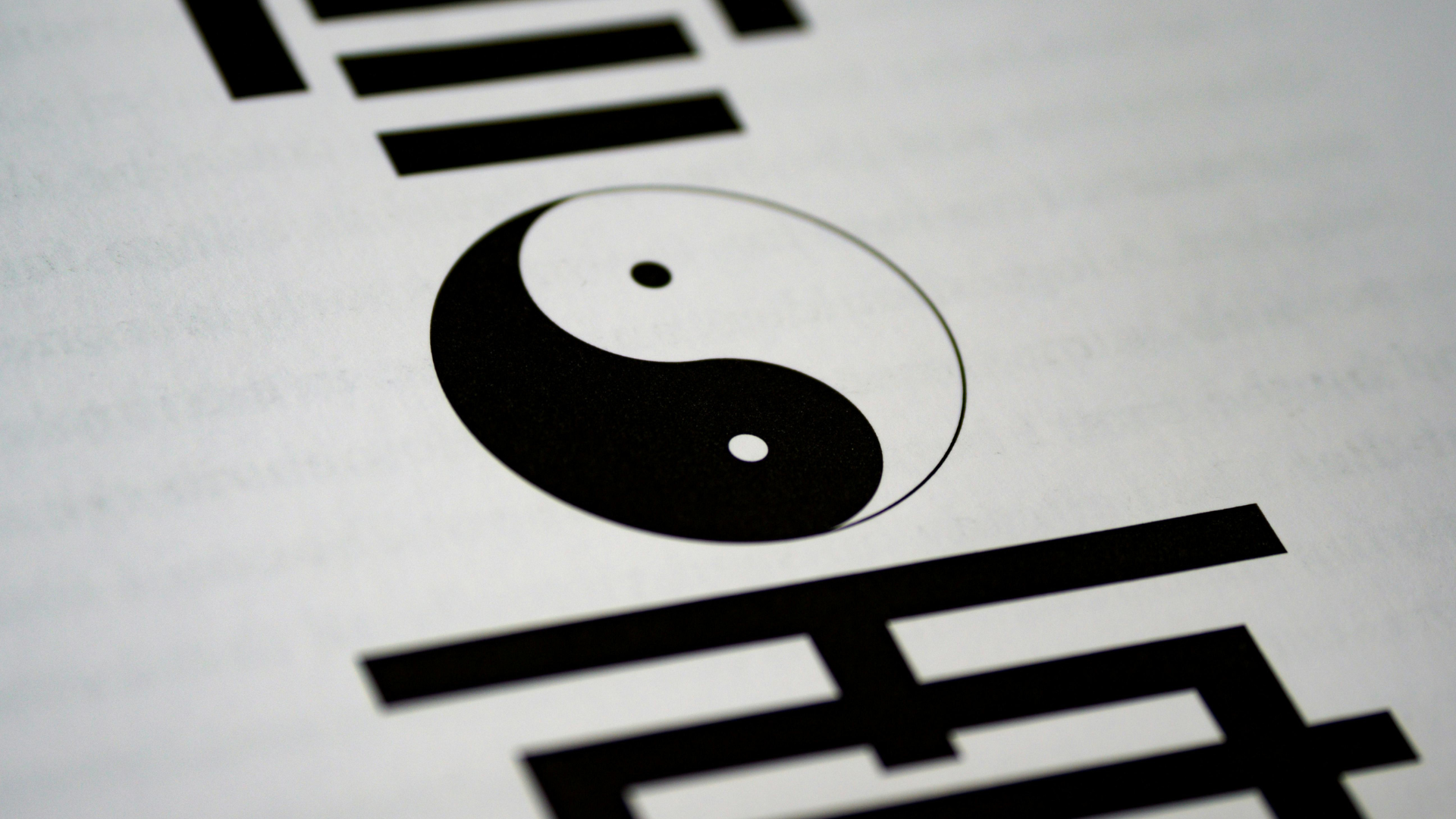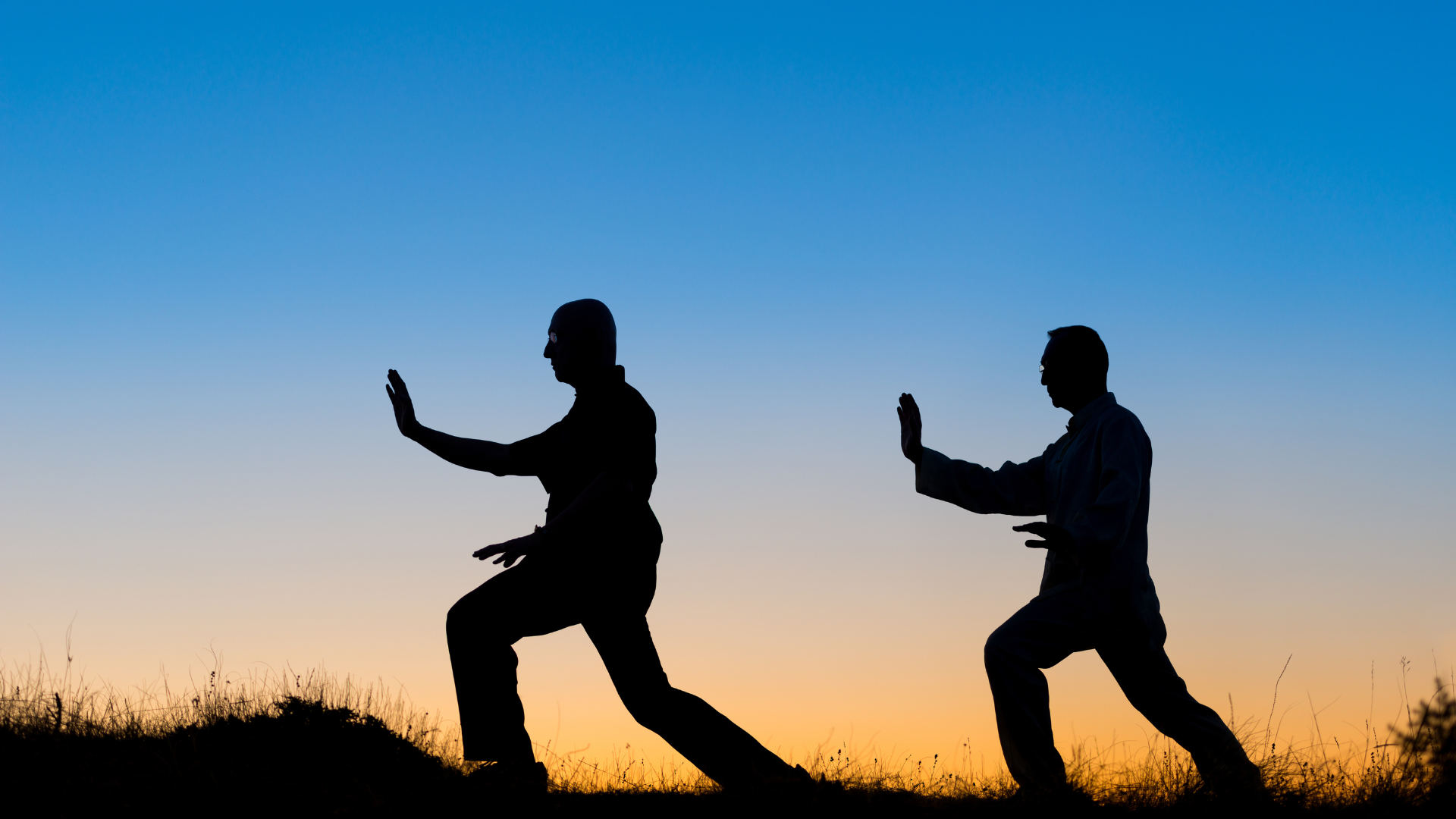Introduction
In the fast-paced modern world, finding balance and harmony can feel like an elusive goal. Qi Gong and Tai Chi, two ancient Chinese practices that offer a holistic approach to health and well-being. Rooted in the principles of Traditional Chinese Medicine (TCM), these arts combine movement, breathwork, and meditation to cultivate Qi (vital energy) and promote physical, mental, and spiritual harmony. This guide explores the origins, benefits, and practical tips for incorporating Qi Gong and Tai Chi into your daily life.
What Are Qi Gong and Tai Chi?
Both Qi Gong and Tai Chi are mind-body practices that focus on the flow of Qi through the body. While they share similarities, they have distinct characteristics:
- Qi Gong (气功):
- A system of coordinated movements, breathing, and meditation designed to cultivate and balance Qi.
- Often used for healing, stress reduction, and energy enhancement.
- Can be practiced standing, sitting, or lying down, making it accessible for all fitness levels.
- Tai Chi (太极拳):
- A martial art that emphasizes slow, flowing movements and deep breathing.
- Often described as “meditation in motion.”
- Focuses on improving balance, flexibility, and mental clarity.
The Foundations of Qi Gong and Tai Chi
These practices are deeply rooted in TCM principles, particularly the concepts of Qi, Yin-Yang, and Meridians. Here’s how they work:
1. Qi (Vital Energy):
- Both practices aim to enhance the flow of Qi through the body, promoting health and vitality.
- Blocked or stagnant Qi is believed to cause illness, while free-flowing Qi supports well-being.
2. Yin-Yang Balance:
- The slow, deliberate movements of Tai Chi and Qi Gong help balance Yin (restful) and Yang (active) energies.
- This balance is essential for physical and emotional harmony.
3. Meridians (Energy Pathways):
- The movements and breathwork in these practices stimulate the meridians, ensuring smooth Qi flow.

Benefits of Qi Gong and Tai Chi
The benefits of these ancient arts are supported by both tradition and modern science. Here are some key advantages:
1. Physical Health:
- Improves balance, flexibility, and strength.
- Enhances cardiovascular health and circulation.
- Reduces chronic pain and inflammation.
2. Mental Well-Being:
- Reduces stress, anxiety, and depression.
- Improves focus, clarity, and emotional resilience.
- Promotes better sleep and relaxation.
3. Energy and Vitality:
- Boosts energy levels by enhancing Qi flow.
- Supports the immune system and overall vitality.
4. Spiritual Growth:
- Encourages mindfulness and a deeper connection to the self and the universe.
- Fosters a sense of inner peace and harmony.
How to Practice Qi Gong and Tai Chi
Whether you’re a beginner or an experienced practitioner, these tips will help you get started:
1. Find a Qualified Instructor:
- Look for a certified teacher who can guide you through the basics and ensure proper technique.
2. Start with Simple Movements:
- Begin with basic Qi Gong exercises like “Lifting the Sky” (托天 pronounced tuō tiān) or Tai Chi forms like “Cloud Hands” (云手 pronounced yún shǒu).
- Focus on slow, deliberate movements and deep breathing.
3. Create a Routine:
- Practice for 10-30 minutes daily, preferably in the morning or evening.
- Consistency is key to experiencing the benefits.
4. Incorporate Meditation:
- End your practice with a few minutes of seated meditation to center your mind and integrate the energy.
5. Practice in Nature:
- If possible, practice outdoors to connect with the natural flow of Qi in the environment.
Lifestyle Tips for Holistic Healing
To complement your Qi Gong or Tai Chi practice, consider these lifestyle tips rooted in TCM principles:
1. Balanced Diet:
- Eat seasonal, whole foods that align with your body’s needs.
- Incorporate warming foods (Yang) in winter and cooling foods (Yin) in summer.
2. Adequate Rest:
- Prioritize sleep and rest to allow your body to repair and recharge.
- Aim for 7-8 hours of quality sleep each night.
3. Mindful Breathing:
- Practice deep, diaphragmatic breathing throughout the day to calm the mind and enhance Qi flow.
4. Emotional Balance:
- Acknowledge and process emotions rather than suppressing them.
- Practices like journaling or talking to a trusted friend can help.
5. Connect with Nature:
- Spend time outdoors to ground yourself and absorb natural energy.
- Activities like walking, gardening, or simply sitting under a tree can be rejuvenating.

Conclusion
Qi Gong and Tai Chi are more than just exercises—they are pathways to holistic healing and self-discovery. By incorporating these ancient arts into your daily routine, you can cultivate balance, vitality, and inner peace. Whether you’re looking to reduce stress, improve physical health, or deepen your spiritual practice, Qi Gong and Tai Chi offer timeless wisdom for modern living.


2 thoughts on “Holistic Healing: Qi Gong & Tai Chi – The Ancient Arts of Energy Healing, Meditation, and Lifestyle Tips”